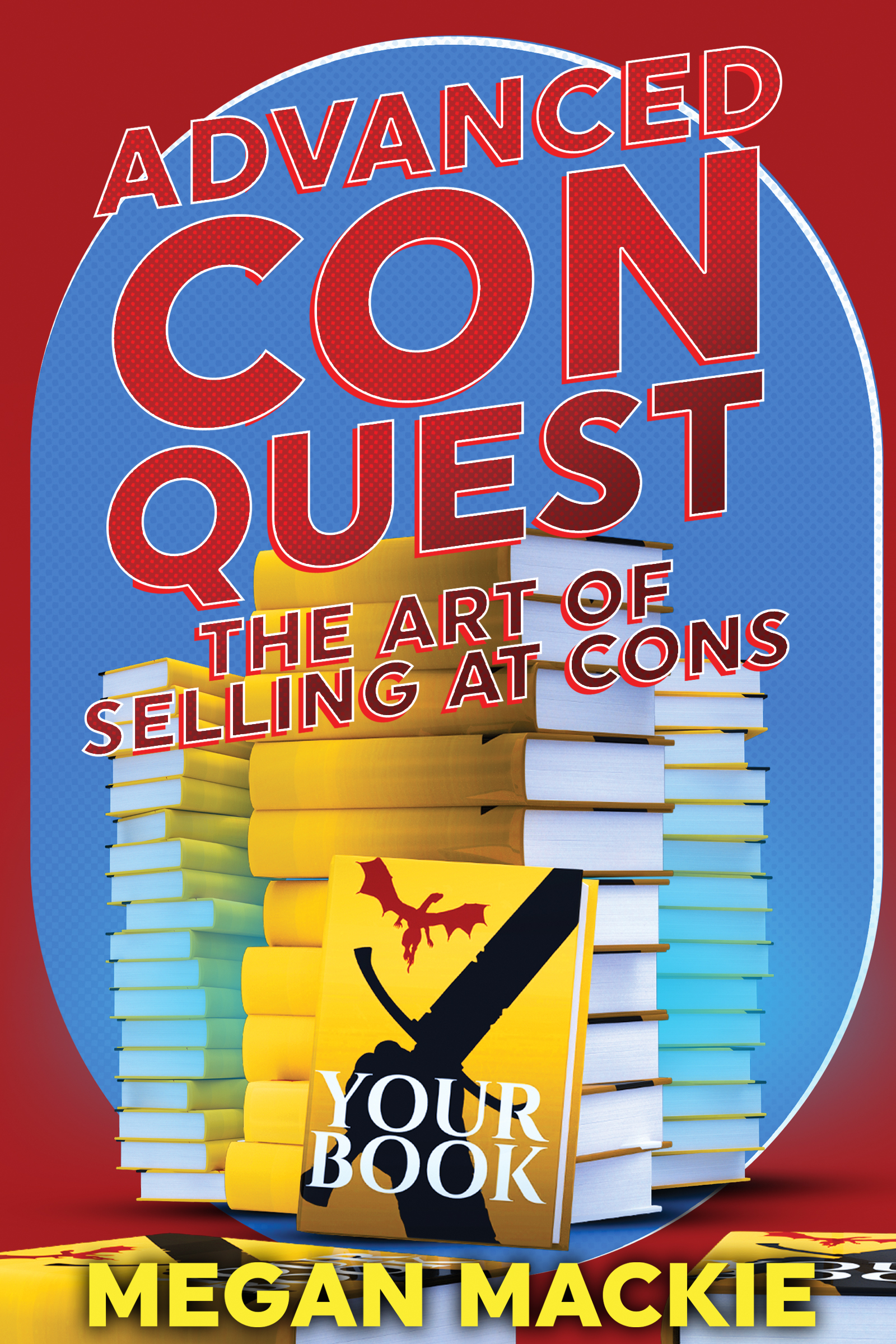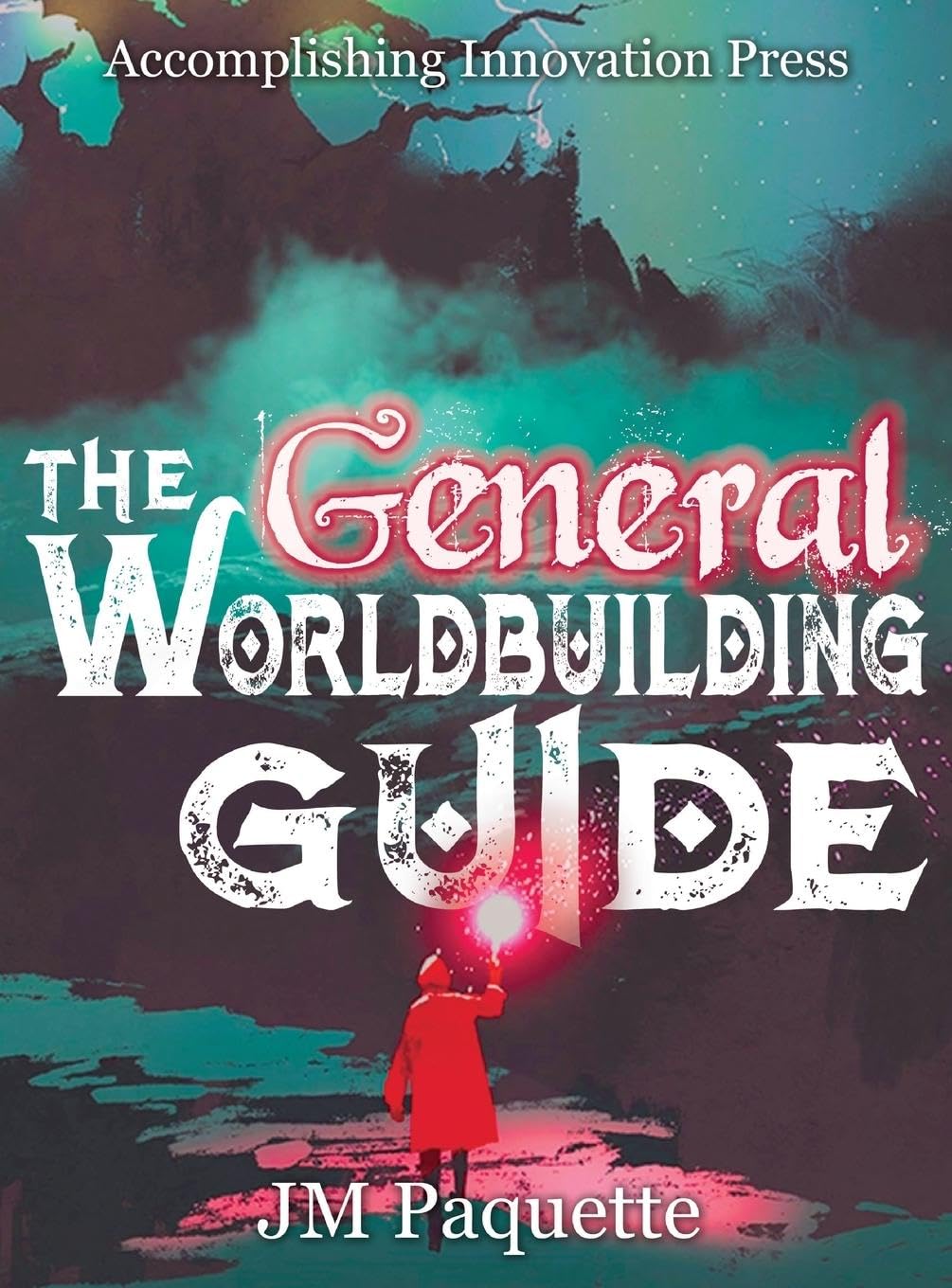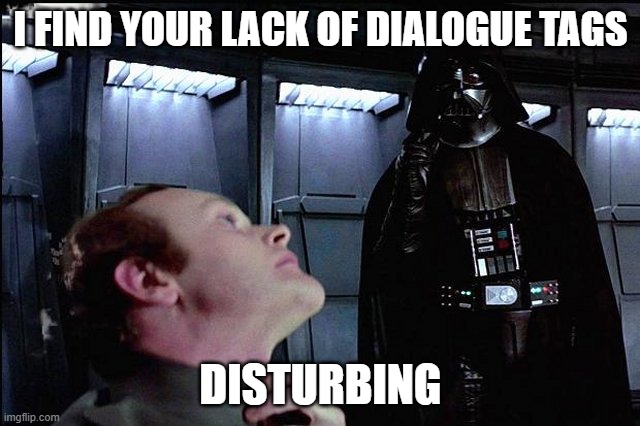
There is a lot of truth in the idea that there are no bad spots when you get your positioning at a con or event. Ninety percent of the time, this is true. Almost every spot has its advantages and disadvantages, whether it’s a corner, endcap, or in the middle of the row.
There are tactics for each selling position.
Corner
If you are in a corner position, you will have to be aware of two possible flows of traffic, the one going parallel to your table and the one going perpendicular. This is increased exposure, which is great, but it also means you have to pay more attention and it will take more energy if you want to make the most of those two flows of traffic.
Middle
Middle is the most common position, as cons tend to organize people into rows. Even if you have large displays on either side of you, you can always draw people in because there is a flow when people pass by you.
End Cap
This is an uncommon position that I’ve only seen a handful of times where the con is trying to optimize space by having a table at the end facing the perpendicular lane. It often will have great flow of people walking by, but it is possible for people to miss you if they are going by and don’t realize there is someone on the end cap.
Horseshoe
This is a unique set up that can be very beneficial but is a bit of a trick to pull off. It’s when you’ve set your table back from the rest or it is positioned so that you have a large gap in front. I mention this one because I’ve encountered it most when I’m selling with others and there are more tables than space. One of the tricks is to put a table back and create the horseshoe space. What is great about this configuration when you’re inside the horseshoe is if you can hook someone into the space, they are less likely to be pulled away by the flow of traffic, giving you all the time you need for the pitch. There are people at cons who can get overwhelmed and will come into your little horseshoe just to take a break from the crowd. Perfect time to pitch.
What Can Make a Selling Spot More Difficult
What can make a spot more detrimental, however, is an empty table. What tends to happen with an empty table is the flow of traffic will cross away from the empty table to whatever else is of interest on the other side and sometimes what can happen is by the time they’ve looked back to your side, they might skip your table completely. That is a tough thing to deal with. The only solution that I know of to fix it is for the two vendors on either side to spread out and annex the table. Cons may not notice or may frown on the practice, but I feel it’s worth the risk.
Another Challenge and Its Solution
The other problem can come when the artist alley is in a completely separate room from the vendor hall. I’ve only had this happen twice, but what happened in these cases is half the people at the con didn’t even know there was a separate artist alley in another room and so I didn’t sell as much. It’s hard to sell to people who aren’t there. There really isn’t a solution to this one that you can do, but there is something a con can do.
If the con is smart, they will put high profile celebrities in the hard-to-reach destination room with you! I have had that happen twice, one with all the famous comic book writers and artists and one where I was sitting right next to Armin Shimmerman, (yes, that Star Trek star wrote a book thriller series set in Elizabethan times, and yes Shakespeare is in it!) In both of those cases, being in an annex was the same as being in a regular exhibitor room. Now it can be a challenge to know if the con is going to do this or not, but if they do, it solves a lot of those problems.
Otherwise, your only other options are to complain to the con and probably not do that con again in the future, or don’t do the con at all if you find out beforehand that they practice this set up.
You can follow Megan at: https://www.meganmackieauthor.com/
You can pick up a copy of Advanced ConQuest here! Use coupon code 4HP10 for 10% OFF!





